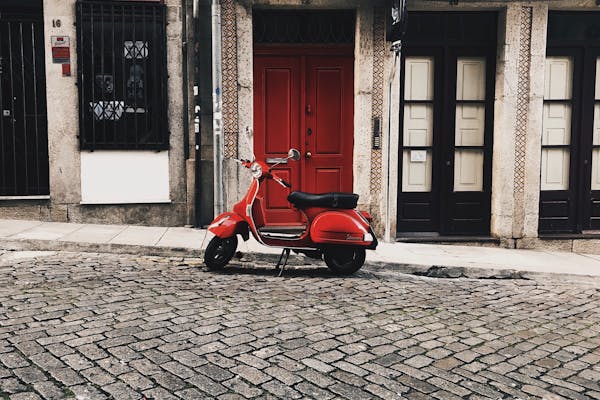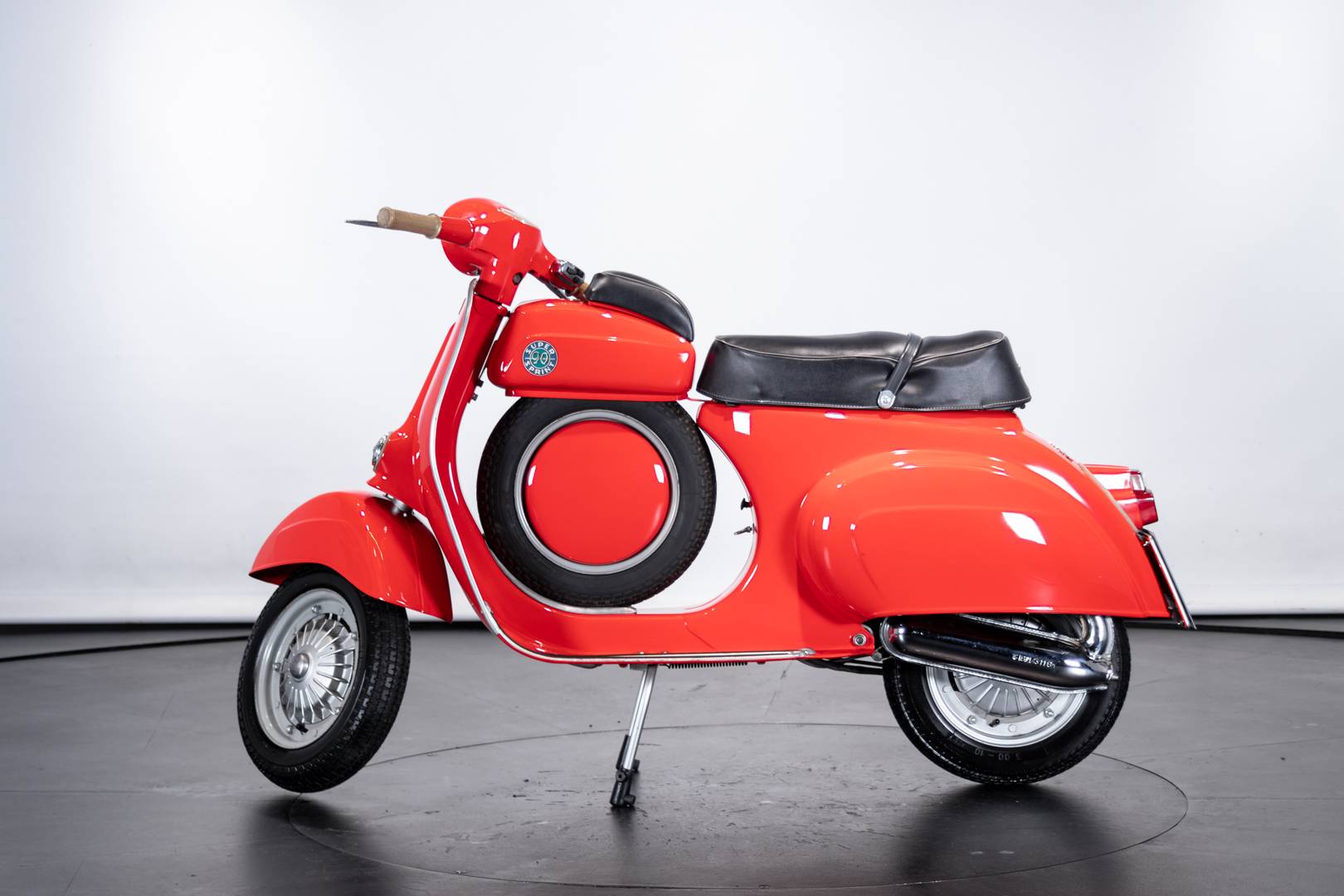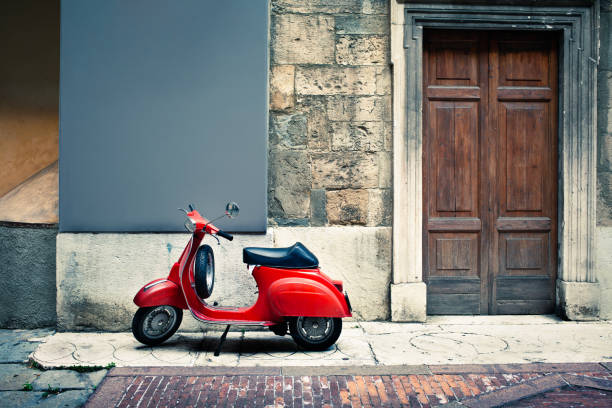📜 Vespa Models (1978 - 2000)
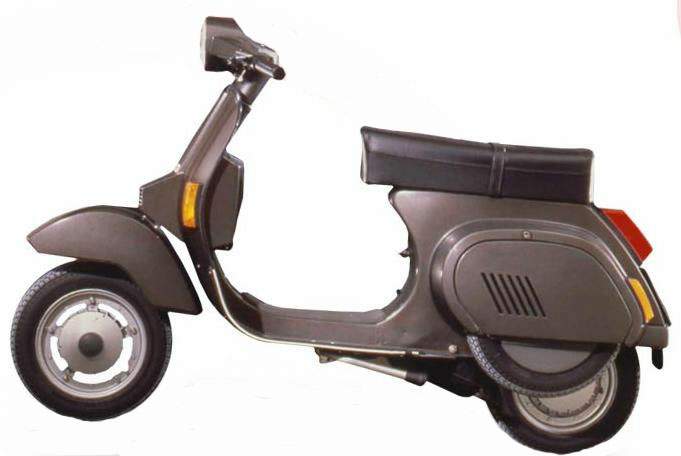
🚦 Vespa P 125 X, 1978 | Vespa PK 125, 1983
Vespa P 125 X, 1978 - The "PX" marked a new step forward in styling (the bodywork was completely redesigned) and performance. The hold-all was positioned behind the cowling. The same year the P 200 E also appeared, which could be equipped with separate lubrication and direction indicators incorporated in the body. Three years later the PX 150 E was launched, with performance halfway between the two models. Vespa PK 125, 1983 - This replaced the Vespa Primavera (standard and ET3), which remained in production with the "Classic" body for the Japanese market, where it was the best-selling Western two-wheeler vehicle.
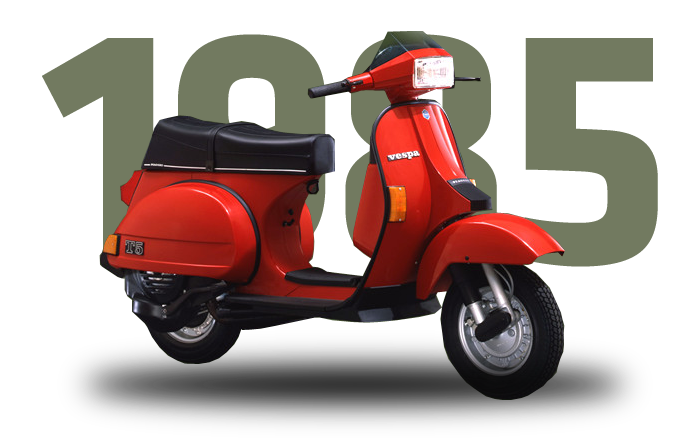
🛵 Vespa PK 50, 1983 | Vespa PK 125 Automatic, 1984
Vespa PK 50, 1983 - Substantially identical to the PK 125, it appeared in two models, PK 50 and PK 50 S, both with 4-speed gearbox and electronic ignition. Vespa PK 125 Automatic, 1984 - An automatic transmission was introduced on the Vespa, probably the most radical change (at least for the driver) since 1946. The presence of the automatic transmission was emphasised by the absence of the brake pedal, which was replaced by a lever on the left handlebar (which did not have to control the clutch as that was automatic).
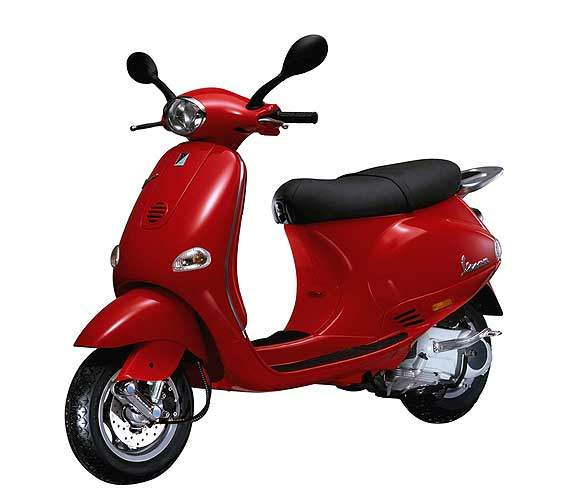
🧳 Vespa ET4 125cc, 1996 | Vespa ET4 150cc, 1999
Vespa ET4 125cc, 1996 - The "new generation Vespa" launched on the 50th anniversary. A completely new project, it is the first Vespa ever powered by a 4-stroke engine. The Vespa ET is equipped with a front disk brake and an automatic CVT gearbox. Vespa ET2 50cc, 1997 - Same as the ET4 125, but with a 50cc 2-stroke catalysed engine. Vespa ET4 150cc, 1999 - First Piaggio scooter equipped with the new generation 4-stroke Leader engine, now on the 125cc model too.

